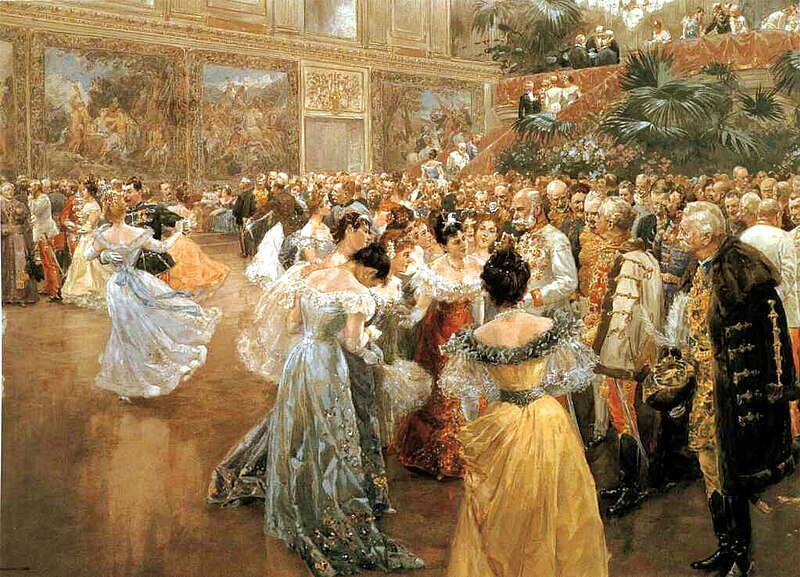
In his study of fin-de-siècle Vienna, Carl Schorske turned not to Schoenberg, Berg, or Webern to introduce his themes, but to Maurice Ravel’s 1920 La valse. “I feel this work a kind of apotheosis of the Viennese waltz, linked in my mind with the impression of a fantastic whirl of destiny,” Ravel said, and Schorske wrote:
Ravel’s musical parable of a modern cultural crisis, whether or not he knew it, posed the problem in much the same way as it was felt and seen by the Austrian intelligensia of the fin-de-siècle. How had their world fallen into chaos? Was it because the individuals (in Ravel, the musical themes) contained in their own psyches some characteristics fundamentally incompatible with the social whole? Or was it the whole as such that distorted, paralyzed, and destroyed the individuals who composed it? … These questions are not new to humankind, but to Vienna’s fin-de-siècle intelligentsia they became central. Not only Vienna’s finest writers, but its painters and psychologists, even its art historians, were preoccupied with the nature of the individual in a disintegrating society.
As, I would add, am I. It is small comfort to realize that we’ve been here before, but we must take our comforts as they come.
To while away a few minutes today, you may wish to hear La valse itself. I’m quite fond of eccentrics; they are the spice of society, so long as they don’t shade into sociopaths, which they too often do. Below you’ll find Glenn Gould’s re-arrangement of Ravel’s solo piano arrangement of La valse in his 1974 series for the CBC, Music in Our Time. His introductory remarks are of interest as well.
